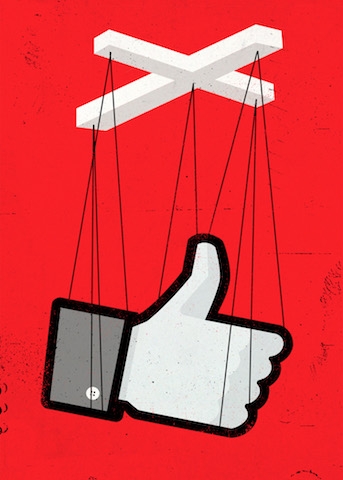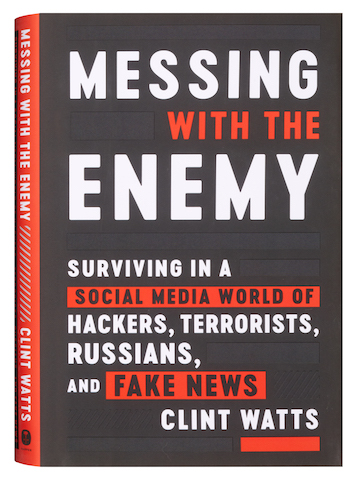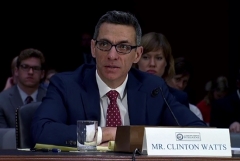Alumnus Clint Watts on Russian Attempts to Meddle with U.S. Democracy
| by Eva Gudbergsdottir
“The ultimate objective is to destroy democracies from the inside out,” says alumnus Clint Watts about Russia’s attempts to disrupt the political process in the U.S.




